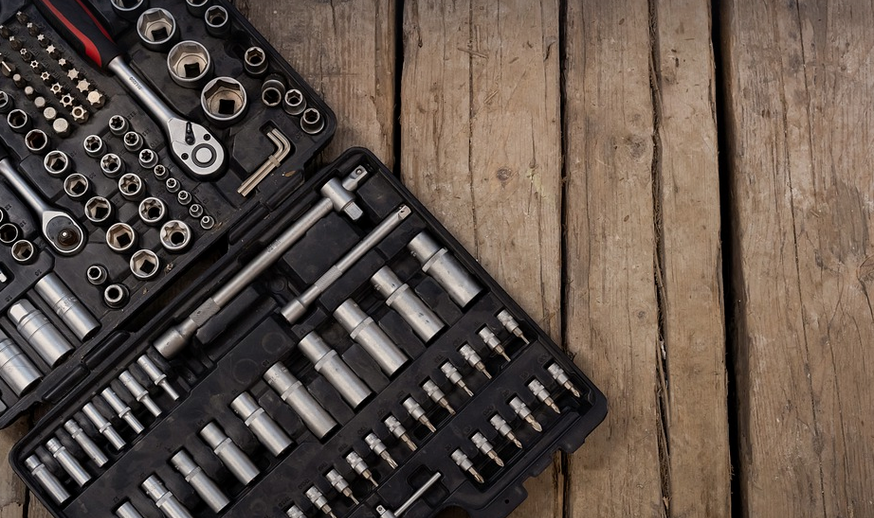Uneven steps can be a tripping hazard and an eyesore, but luckily, they’re often fixable with some elbow grease and the right know-how. This guide will walk you through the process of leveling your concrete steps, no matter your DIY skill level.
Whether your steps are sinking, have cracks, or simply feel uneven underfoot, taking action now can prevent bigger issues down the line. Think of this as a proactive maintenance measure for your outdoor space, ensuring safety and adding charm to your home.
Before we dive into the repair, it’s crucial to understand why concrete steps become uneven in the first place. Often, settling foundation problems, frost heaving, or improper curing contribute to unevenness. Some culprits are even hidden under the surface: shifting soil beneath the steps creates a natural imbalance.
The good news is that most uneven concrete steps can be resolved with a few basic tools and materials. Let’s break down the process into manageable steps, ensuring you tackle each one confidently.
Step-by-Step Guide to Fix Uneven Concrete Steps
**1. Assess the Damage:** Take a close look at your steps, noting any specific areas of unevenness or structural issues. Consider whether it’s just the surface that needs attention, or if deeper problems lie beneath.
**2. Prepare for Repair:** Gather your tools and materials. You will need:
- **A Level:** Essential for checking the steps’ horizontal alignment.
- **Shovel & Rake:** For excavating if necessary, including a small trowel to remove excess material.
- **Concrete Patching Mortar:** The most versatile option for filling small cracks and gaps. Choose a cement-based mortar that matches or is similar in color to your existing concrete for optimal blending.
- **Gravel & Sand:** For leveling the underlying soil, especially if there’s significant shifting.
- **Safety Gear:** Wear gloves and goggles when working with tools and materials.
**3. Remove Uneven Areas:** Start by clearing debris from the steps’ top surface, then use a shovel and rake to remove any loose or crumbling concrete. Pay attention to any signs of settling in the edges or corners.
**4. Level the Base:** If your steps are heavily uneven due to shifting soil or foundation problems, it’s time for some excavation. Use a shovel and level to dig out the compacted soil beneath the steps where they settle.
**5. Create Leveling Layers:** After removing any impacted soil, gently add gravel or sand for leveling the base. This will create a stable foundation that prevents further unevenness.
**6. Patch the Gaps:** Use your concrete patching mortar to fill in any larger cracks or gaps. Ensure you’re working with even layers of mortar and use the right amount, following the manufacturer’s instructions on drying time.
**7. Level & Finish:** Once the mortar has cured, use a level to ensure the steps are perfectly straight and smooth. If needed, use a trowel to create a final flush surface.
**8. Re-Seal the Steps (Optional):** For extra protection against moisture damage, you can re-seal your concrete steps using a concrete sealer after they have fully dried. This will prevent future staining or weathering, and help keep them looking their best.
**9. Time & Patience:** Allow the steps to dry completely before walking on them. Don’t rush things; proper drying is key to preventing cracking. Once fully cured, you can enjoy your newly leveled concrete steps!
What if My Steps are Too Damaged?
For more significant damage like deep cracks or settling, you might need professional help from a contractor specializing in concrete work.
Sometimes, the best course of action is to call a professional. They can assess the extent of the damage and recommend the most suitable repair methods for your unique situation. This could involve concrete jacking techniques to lift damaged sections or even complete replacement with new concrete slabs.
Tips for Maintaining Even Steps
Once you’ve repaired uneven steps, ensure they stay in good condition by regularly checking for:
- **Loose Concrete:** Tighten any loose mortar joints before cracks appear; use a screwdriver to apply pressure if needed.
- **Moisture:** If your steps are prone to moisture, you may need to seal them with a concrete sealer to prevent weathering and further damage.
- **Soil Compaction:** If your steps have been built on an uneven base, check for settling by observing how the steps settle after rain or snowfall. Add more gravel if needed, ensuring the top layer is level.
By committing these basic maintenance practices to your steps, you’ll create a safe and lasting solution for your concrete steps while maximizing their aesthetic appeal.
Conclusion: A Smooth Journey to Even Steps
Fixing uneven concrete steps might seem like a daunting task, but with patience, the right tools, and this step-by-step guide, it becomes a manageable process. Take pride in your hard work; you’re not just repairing steps – you’re enhancing safety and adding value to your home.
Remember, even small repairs can make a big difference in ensuring your steps are safe and aesthetically pleasing for years to come. And who knows? This might even inspire you to tackle other DIY projects around your house!
